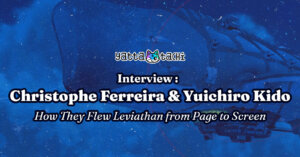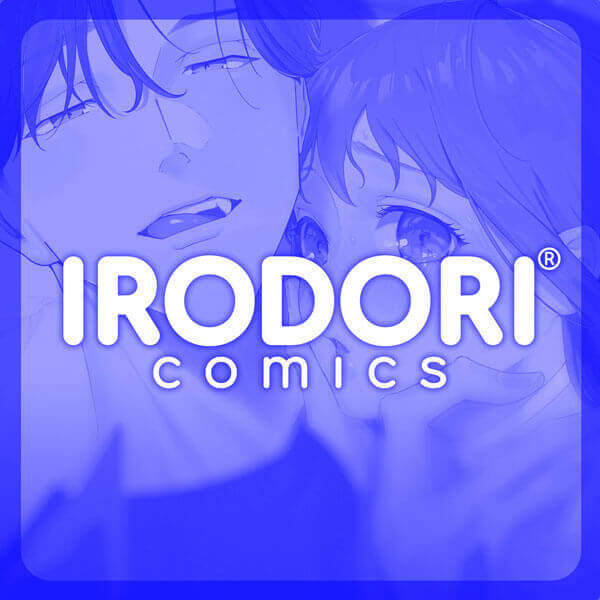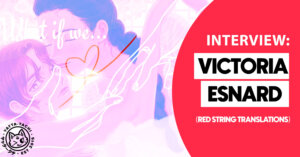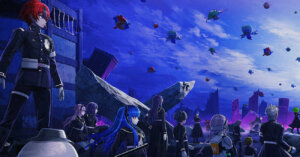Leviathan, a steampunk adventure series following two teenagers on opposite sides of a sci-fi twist on World War I, is one of the most ambitious anime of Summer 2025. Whether or not it fulfills all its ambitions successfully is a matter of some debate; I shared my mixed feelings about the series in my review, but other critics have given the show enthusiastic raves. Even with my reservations, there’s more than enough stunning artistry and interesting ideas in Qubic Pictures and Studio Orange’s adaptation of Scott Westerfeld’s book trilogy that I was curious to find out more about its production.
French animator Christophe Ferreira has spent over a decade in the anime industry, working on the likes of Bleach and Lupin III: The Woman Called Fujiko Mine. Leviathan is his first time directing an anime. Screenwriter Yuichiro Kido’s past writing credits include Dr. Stone, Keep Your Hands Off Eizouken!, and many episodes of Fruits Basket. Thanks to Netflix, I had the chance to ask Ferreira and Kido some questions about working in computer animation for the first time, the challenges of adapting traditional novels into anime, and their approach to handling some of Leviathan’s touchier issues.
Christophe Ferreira Had Never Directed a CG Anime Before

BARON: Along with Michael Arias and Abel Gongora, you’re one of the few Westerners to direct a Japanese anime. How did you arrive at your first directing job?
FERREIRA: It’s a long story… but to keep it short, I’ve been living in Japan for over 20 years. I first came here thanks to the animator Yasuo Otsuka, and over the years, I’ve worked at many different studios and met all kinds of people. That gave me the chance to explore nearly every role in the Japanese animation industry.
Among the many people I met was Justin Leach. Years later, he had just founded Qubic Pictures to produce original series and invited me to do design work on Eden for Netflix. Later on, when Netflix proposed Leviathan to Qubic, I volunteered to direct it.
BARON: Your previous animation credits have all been for hand-drawn anime. Were there any challenges in adjusting to directing a CG series?
FERREIRA: Absolutely. I’m a huge fan of hand-drawn animation, so when I first stepped into the director’s role, I was honestly nervous about working in 3D. But I quickly felt reassured when we decided to collaborate with Studio Orange.
That said, I probably annoyed them at the beginning! I kept pointing out small things—like shadow placement—that would have been simple to fix in 2D, but are much more complicated in a CG pipeline, especially for a series. So I had to learn quickly what kinds of things I could ask for… and what I had to let go of.
BARON: Leviathan uses 2D backgrounds with 3D characters, the opposite of how most 2D-3D hybrids work. What was your thinking behind that artistic choice?
FERREIRA: Actually, that decision wasn’t mine. Qubic had used the same technique on Eden, so when they took on Leviathan, they naturally chose the pipeline they already knew.
But once that was decided, I had to rethink the project around that choice—understand its strengths and limitations and adjust the direction accordingly. For example, I pushed for minimal 3D camera movement to keep things grounded in a more traditional cinematic language.
BARON: What was it like working with Joe Hisaishi on the music?
FERREIRA: I was nervous before meeting him—honestly, just because of the serious photos I’d seen of him! I imagined he might be difficult.
But the moment we spoke, he was warm and encouraging. He’d read all the documents, asked thoughtful questions, and really wanted to understand what I was aiming for. Incredibly professional.
And of course, on a personal level, I was over the moon to be working with him.
Preserving the Relationships Was Kido’s Number One Goal
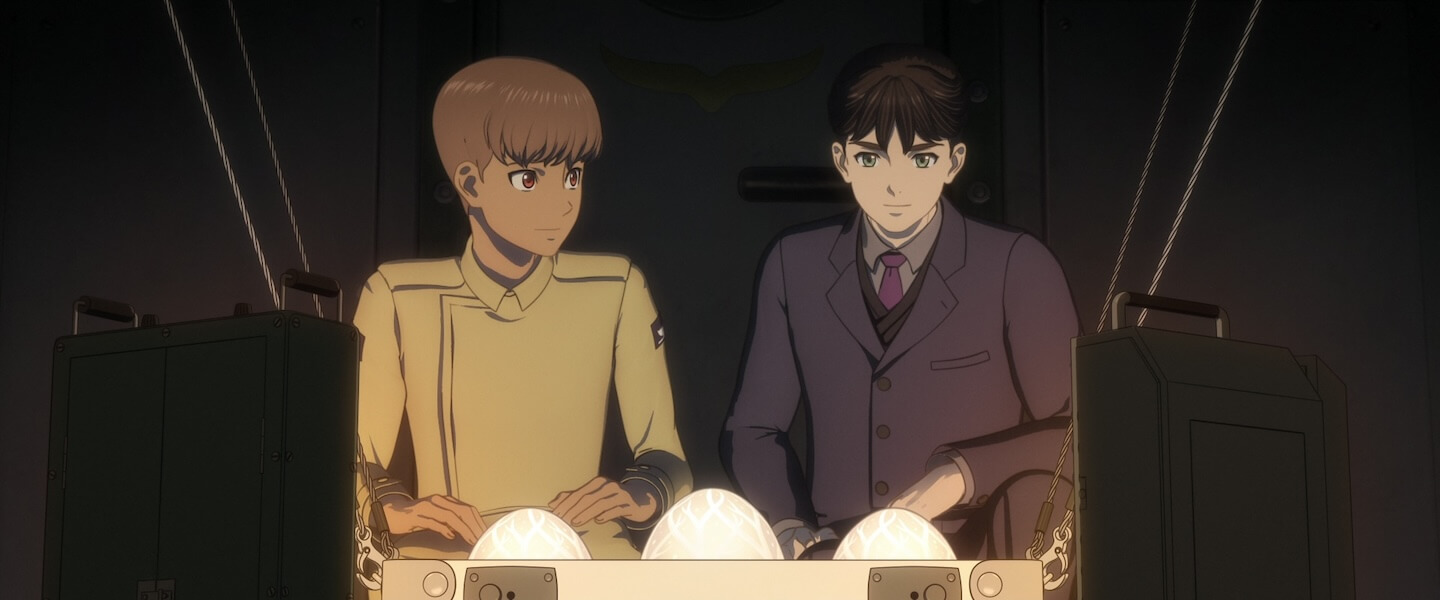
BARON: Leviathan condenses a trilogy of novels into a 12-episode anime series. What was the one element you most wanted to preserve from the original?
KIDO: There were honestly too many things I wanted to keep, so it’s a tough choice—but if I had to pick just one, it would be the relationship between Alek and Sharp.
Their personalities, backgrounds, and social status are completely different, and yet, as they exchange sarcasm and clash with each other, they slowly become important to one another. That evolving bond—how they grow together while journeying across the world—was the element I most wanted to depict with care.
That said, I also found the dynamic between Dr. Barlow and Volger incredibly interesting. I sometimes feel like you could create an entire spin-off story just about the two of them! (laughs)
BARON: On the flip side, were there any scenes or elements you regrettably had to cut—even though you really wanted to include them?
KIDO: That’s also difficult to answer, as I genuinely wished we could include everything that had to be shortened. However, naming specific scenes would risk spoiling parts of the story for viewers who haven’t seen it yet, so I’d prefer to keep that part under wraps for now.
BARON: How is adapting a novel into an anime different from adapting a manga?
KIDO: There are several differences. For example—and this may seem obvious—but with manga, the final visual composition can be imagined quite clearly even at the scripting stage, since the characters’ facial expressions and panel layouts already exist. With novels, on the other hand, much is left to the imagination. You need to visualize it from scratch while discussing and aligning ideas with the director and production team. That collaborative process is crucial. The approach to dialogue also differs significantly. For example, you have to be especially mindful when adapting long monologues from a novel—ensuring that they don’t slow down the pacing in animated form, while still preserving the character’s essence. That takes a lot of care.
Conversely, when adapting a manga, since the visuals and lines are already established, the focus shifts to how you can elevate them further through animation.
Dealing with the Darker Parts of the Era
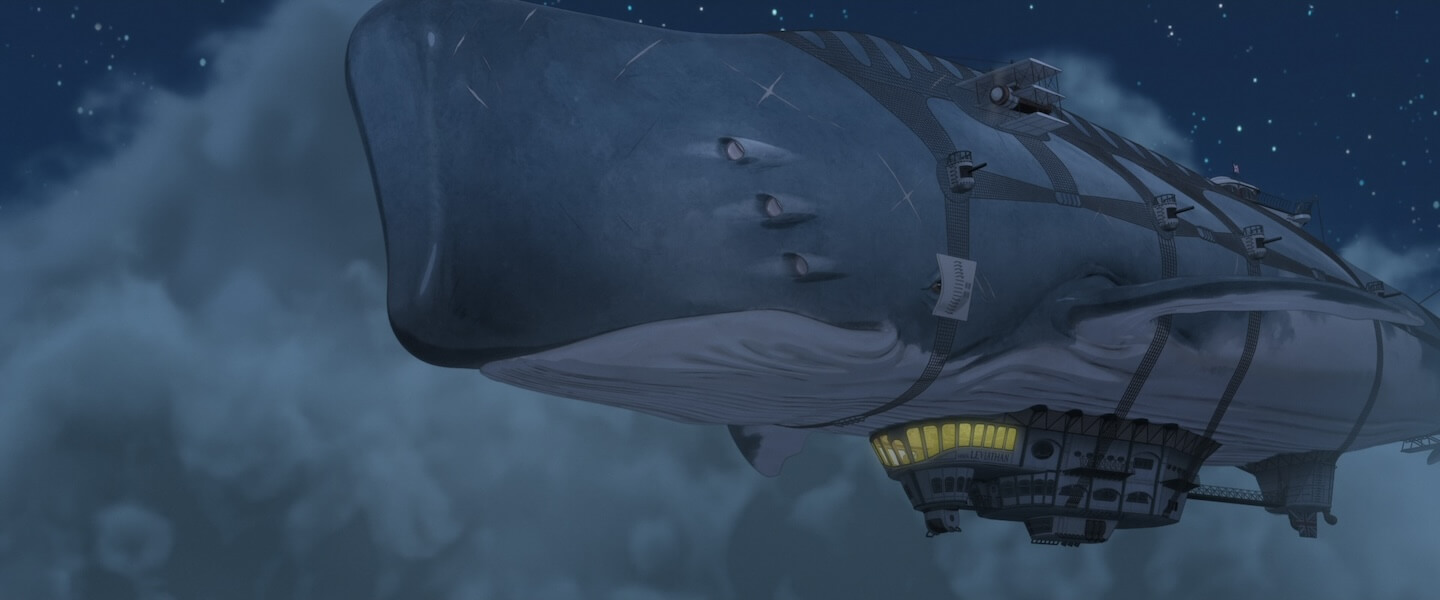
BARON: How do you view the ethics of bioengineering creatures for use in war? I felt so bad seeing the whale get hurt…
FERREIRA: It’s a really important question—and honestly, I struggled with it too. We’re talking about a different era, and it’s something we can (and should?) feel uncomfortable about.
In the original books, the world is very dark, and the creatures are almost nightmarish. From the beginning, I knew I wanted to soften that. On screen, they would be moving and in color—it could easily become disturbing. That’s why I asked Lé Yamamura to design them. I knew she would bring a certain warmth and emotional depth.
In the end, I thought of them like war horses—still tragic, and I tried not to glorify them too much.
BARON: Since the story is set during World War I, did you conduct any historical research to better understand the era?
KIDO: When it came to historical elements, we held discussions with the directors—while keeping the original novel in mind—to determine how much of that content should be depicted in the series. What I was particularly mindful of when adapting the material into the script was not to make it overly explanatory. At the same time, we worked to present the essential historical events and the movements of each nation in a clear and concise way that viewers could easily understand within the context of the story.
The Hardest Choice: Choosing Favorite Characters
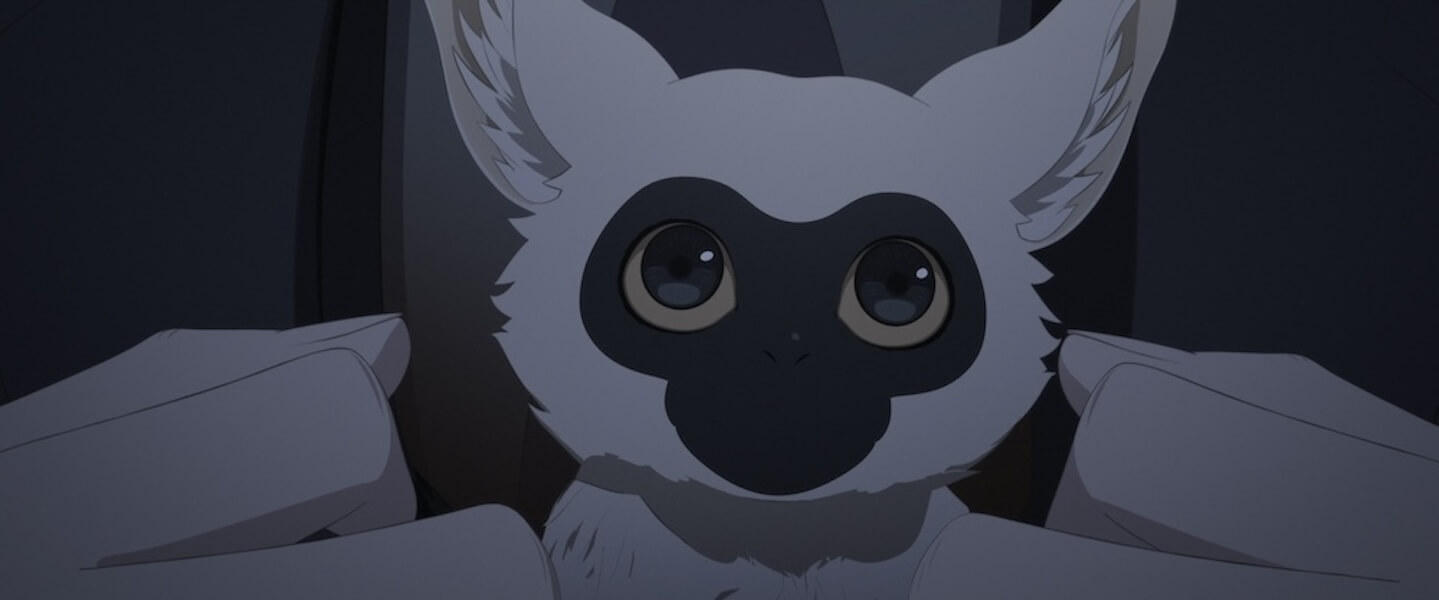
BARON: Among all the characters and creatures in Leviathan, do you have a personal favorite?
FERREIRA: That’s hard to answer, but I think I have two favorites: Sharp and Lilit. I love their energy and positivity—and I also really like their Japanese voices.
KIDO: It’s hard to choose since I’m attached to all of them in different ways, but I have a particular fondness for Klopp, who always watches over Alek with a gentle yet strong presence. He gives me a real sense of reassurance.
As for a creature, I’d have to go with loris. It’s just so cute—I honestly wouldn’t mind having one at home! (laughs)
All 12 episodes of Leviathan are streaming on Netflix.

Featured Sponsor - Shoujo Sundae
Love shoujo and josei anime? Shoujo Sundae serves deep dives, laughs, and sweet takes every other Sunday. Let's dig in!
Big thank you to our supporters
From their continous support, we are able to pay our team for their time and hard work on the site.
We have a Thank-You page dedicated to those who help us continue the work that we’ve been doing.
See our thank you page
